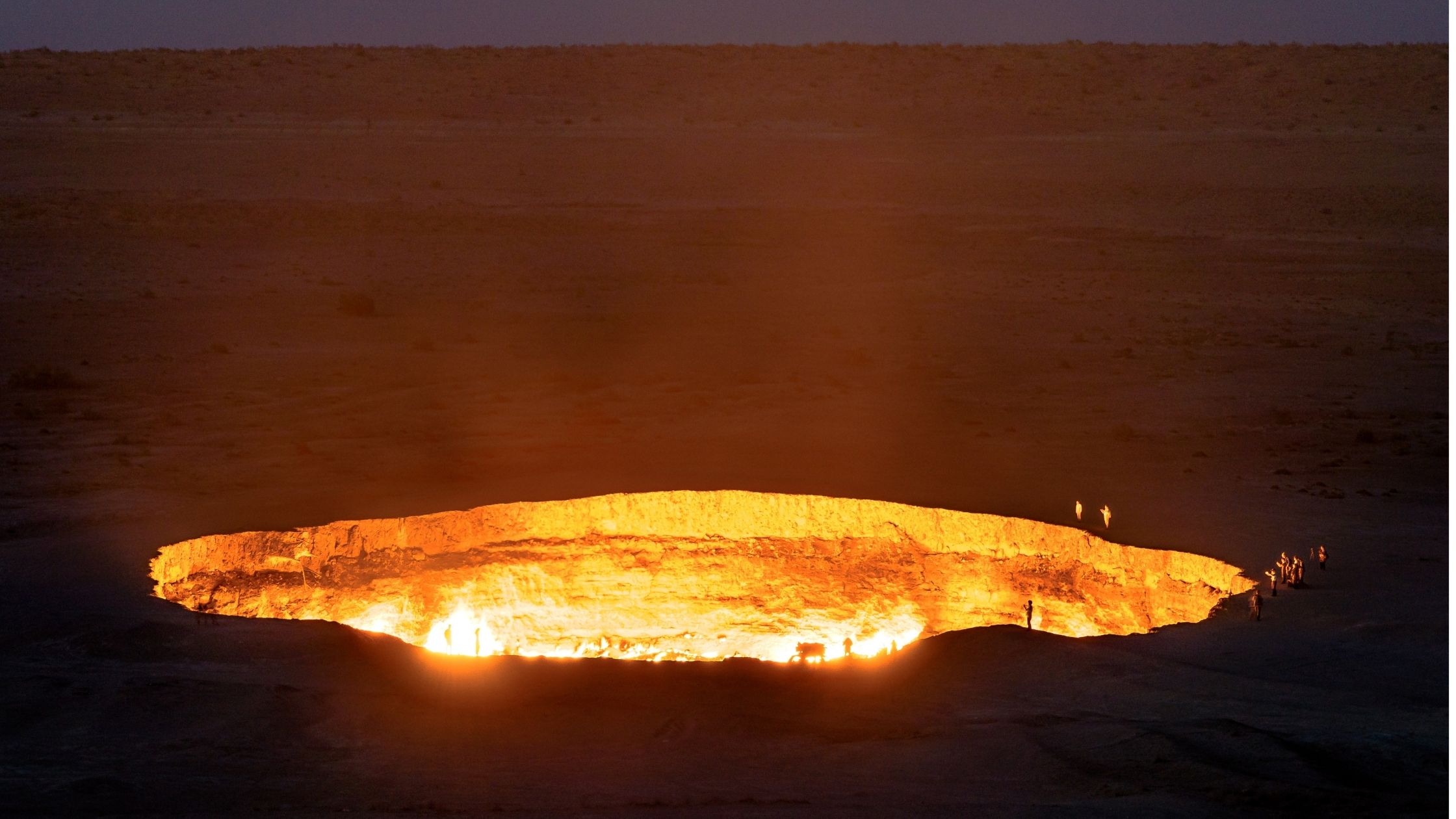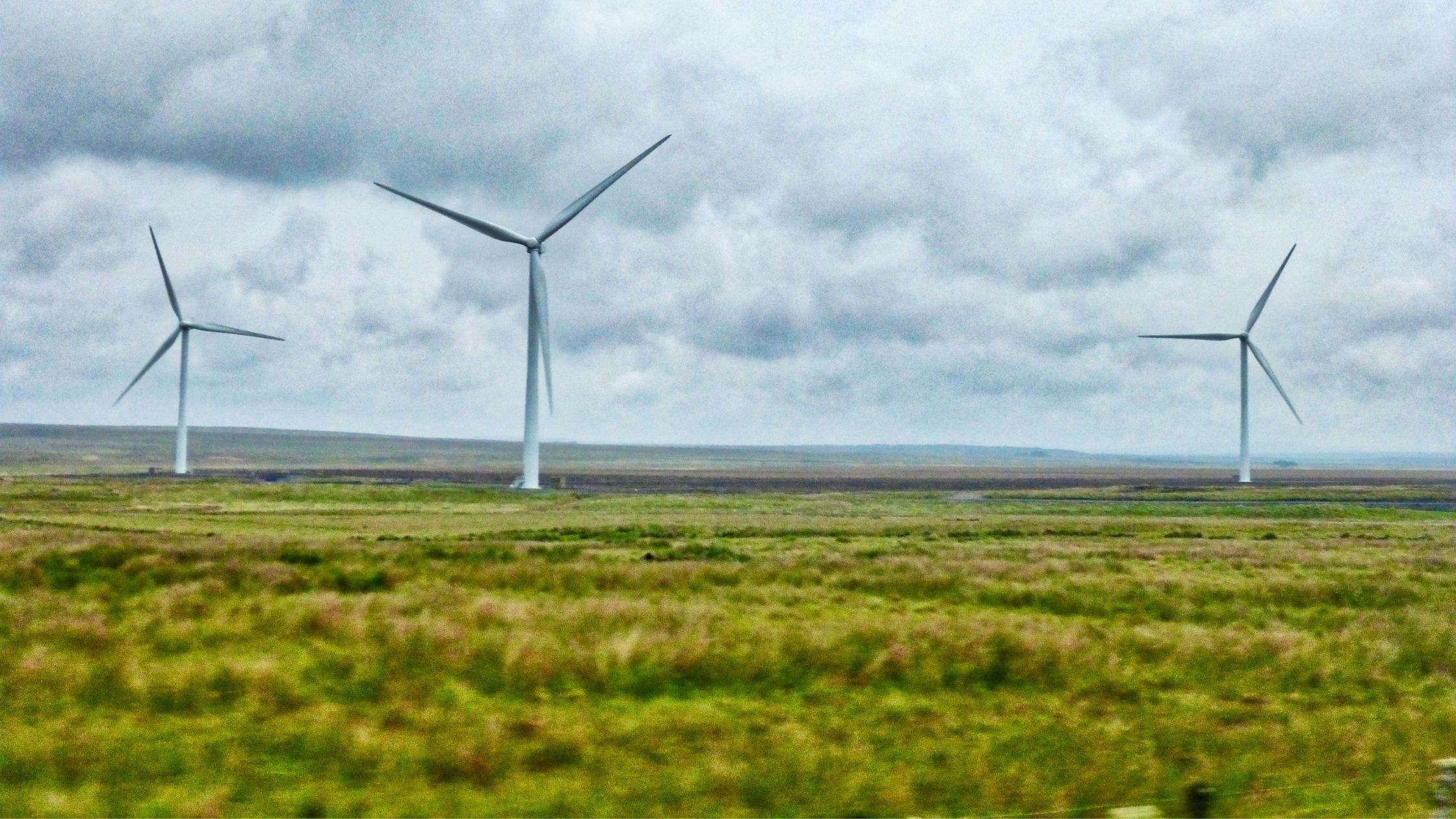
Atmospheric methane levels reach highest concentration in 800,000 years
What’s happening? Global methane emissions have surged by 20% over the past two decades, with human activities now responsible for two-thirds of this output. The 2024 Global Methane Budget, published in Earth System Science Data, highlights the risks this poses to climate goals. Atmospheric methane levels reached 1,923 parts per billion in 2023 – 2.6 times higher than pre-industrial levels, marking the highest concentration in 800,000 years. Agriculture, fossil fuels, and waste management contribute 93% of human-induced methane, with emissions growing in developing regions. Despite global pledges to cut methane by 30% by 2030, progress remains slow, threatening the Paris Agreement’s 1.5C limit. (Euro News)
Why does this matter? New studies have revealed that methane concentrations have surged at unprecedented rates since 2020, with no signs of decline. According to research from the Global Methane Budget, atmospheric methane levels in 2023 saw a record increase. This surge is “incompatible” with global climate goals, raising concerns that the current trajectory could lead to temperature rises of more than 3C by the end of the century. Methane traps 80 times more heat than carbon dioxide over two decades, making it crucial for near-term climate mitigation efforts. Despite international pledges, scientists remain concerned that global reductions are far from sufficient.
Sealing oil wells – One major source of methane emissions is abandoned oil and gas wells – the US alone is estimated to have 3.2 million methane-leaking wells. Researchers at Heriot-Watt University in Edinburgh are spearheading an initiative to seal 100,000 methane-leaking wells within the next decade using a novel chemical injection method. This technique transforms the porous rocks around the wells into solid, insoluble minerals, creating an impermeable seal that traps methane deep underground for thousands of years. The project, led by Dr Oleg Ishkov, has received £75,000 ($98,554) in funding from Scottish Enterprise’s High Growth Spinout programme, enabling the team to advance their research and bring in commercial advisers. The technology speeds up a process that, using traditional methods, would take “300 years”.
Landfill super-emitters – Landfills are another major source. A study published in Science revealed that more than half of US landfills surveyed are major methane emitters, contributing significantly to greenhouse gas emissions. The research, conducted by Carbon Mapper in collaboration with NASA’s Jet Propulsion Laboratory and Arizona State University, represents the largest assessment of methane emissions from landfills to date. It found that 52% of these landfills were methane super-emitters, releasing at least 100kg of methane per hour. Unlike leaks in the oil and gas sector, which typically last shorter periods, about 60% of the landfills had methane leaks that persisted for months or even years. Methane is primarily released from food waste in landfills. The study also found that emissions from surveyed landfills were, on average, 1.4 times higher than previously reported, highlighting the need for improved detection technologies to combat climate change effectively.
Slow regulatory landscape – Regulation to curb methane emissions has been relatively slow in comparison to carbon dioxide initiatives. In May, the European Union adopted its first regulation targeting methane emissions from the energy sector. This legislation mandates that gas, oil, and coal operators monitor, report, and reduce methane emissions. It prohibits avoidable flaring and introduces stricter requirements for imported fossil fuels. A monitoring tool based on satellite data will track high-emitting sources, while a rapid alert mechanism will detect super-emitting events.

